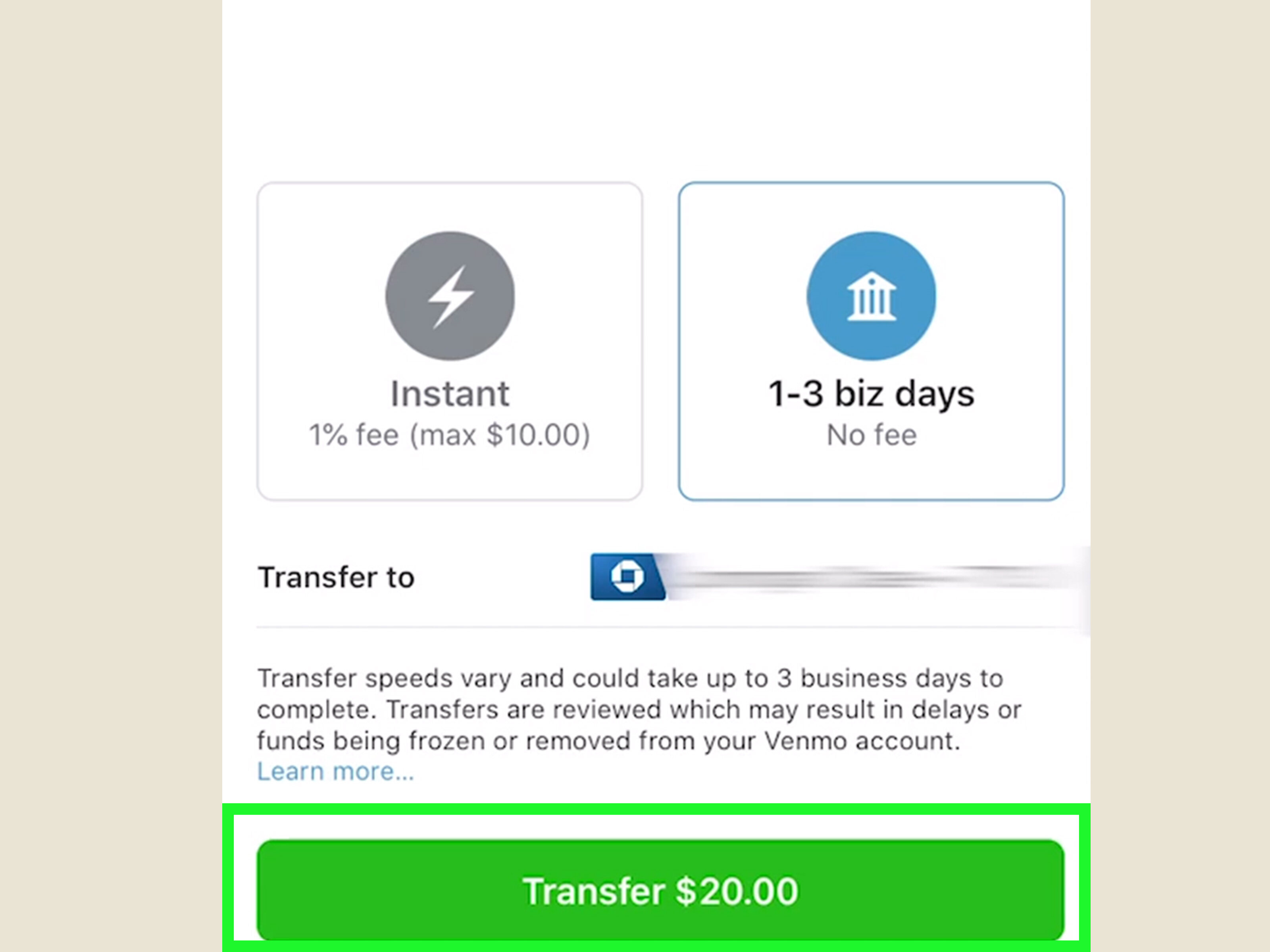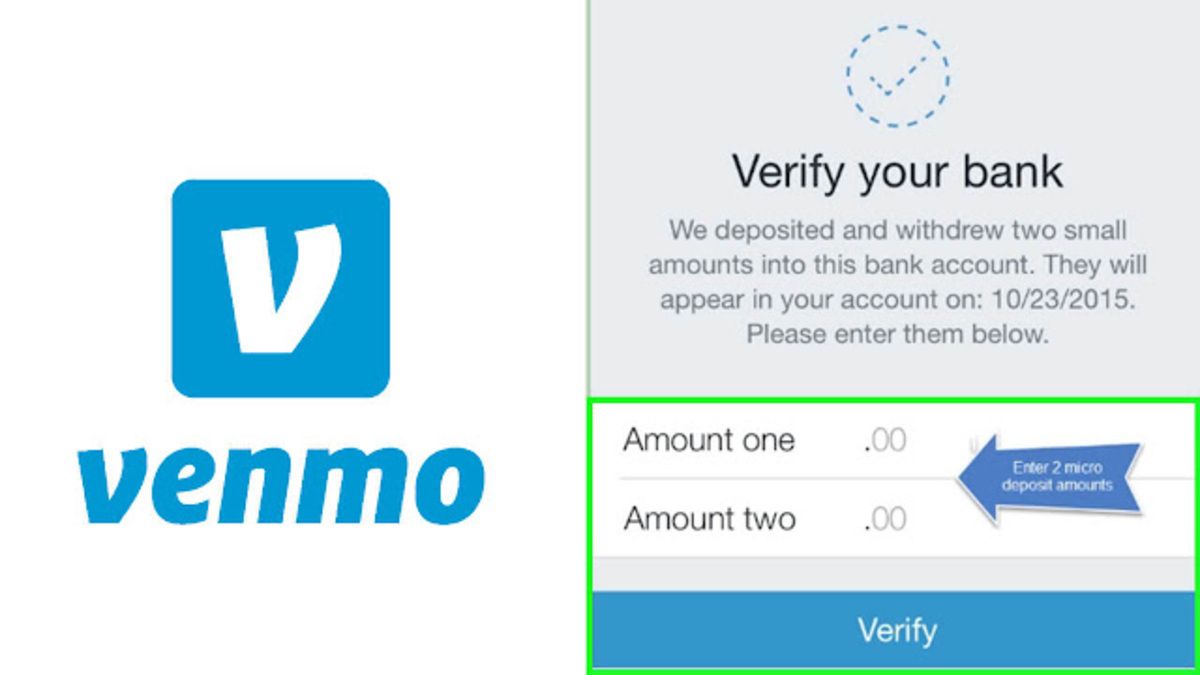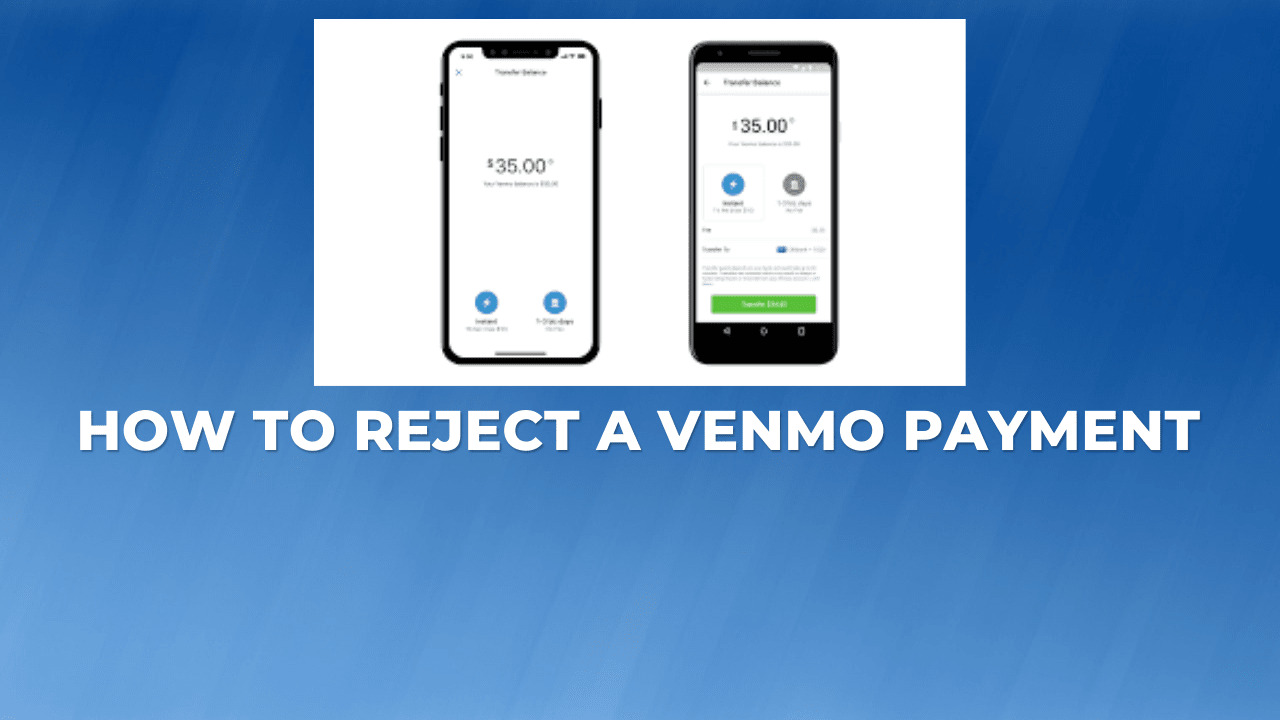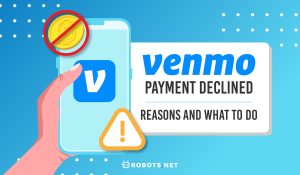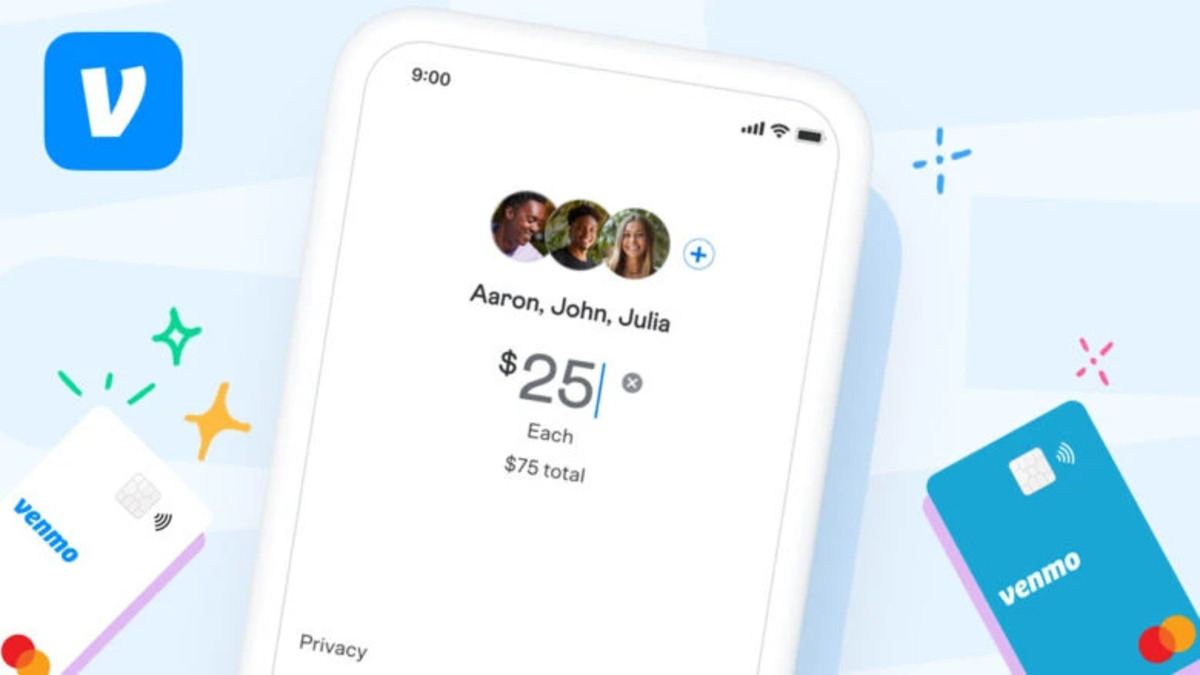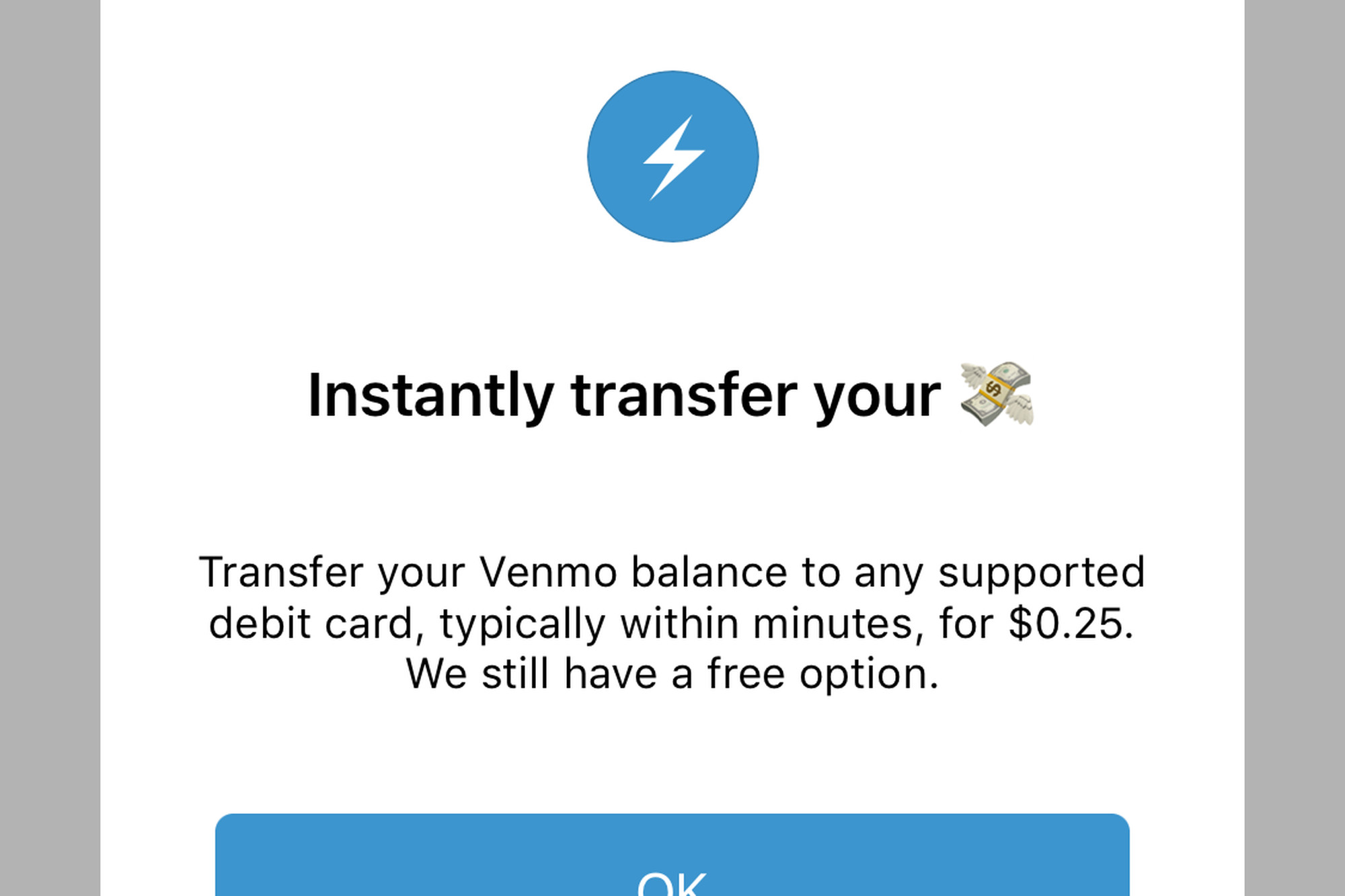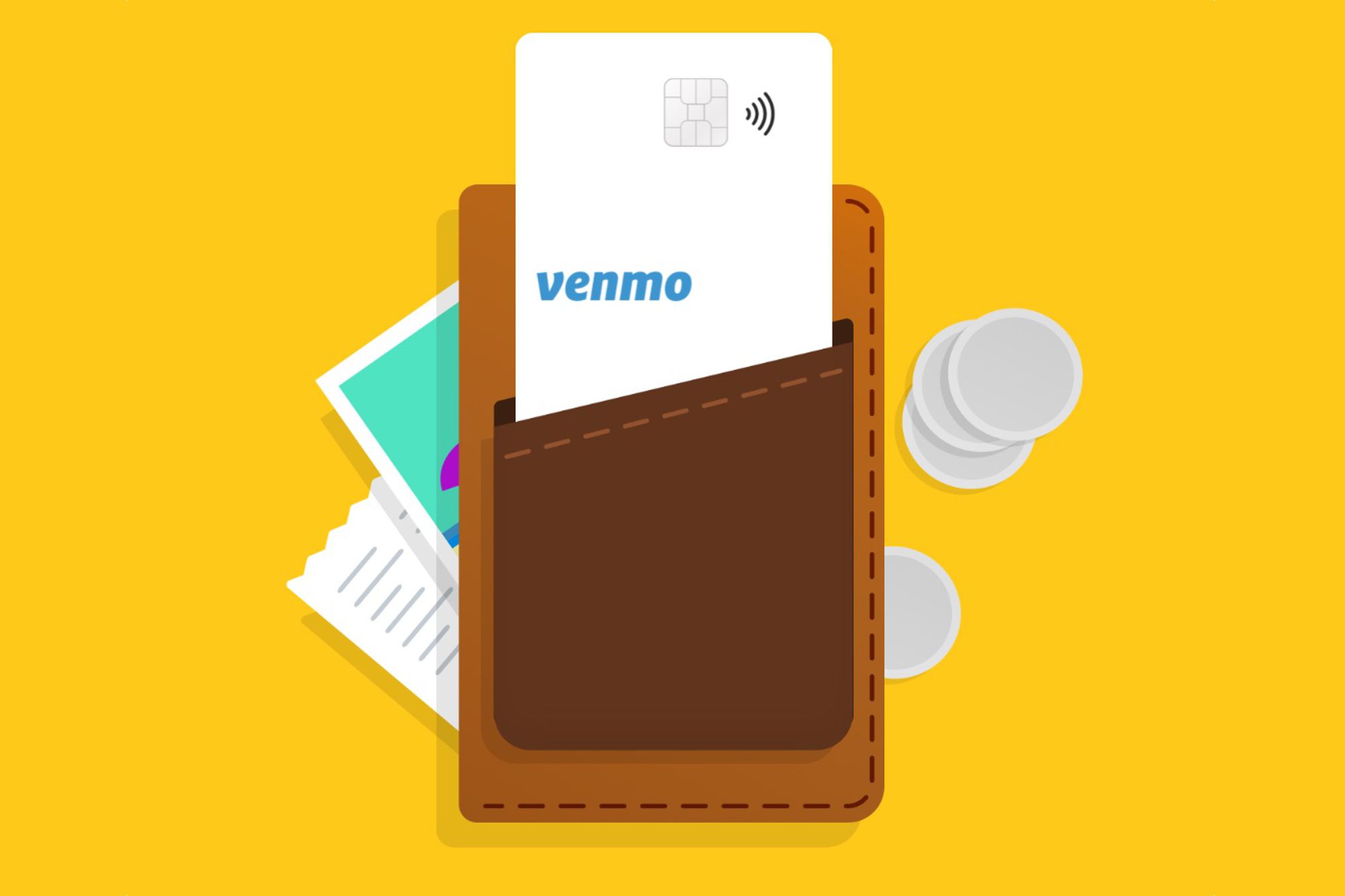What is Venmo?
Venmo is a popular mobile payment platform that enables users to send and receive money easily and securely. It functions as a digital wallet, allowing individuals to transfer funds to friends, family, or even merchants with just a few taps on their smartphone. Originally founded in 2009, Venmo quickly gained popularity among millennials and has since become a household name in the world of digital payments.
As a subsidiary of PayPal, Venmo benefits from the same level of trusted security and reliability that its parent company offers. It provides a convenient way to split bills, pay for shared expenses, or send money as a gift for special occasions. Whether you need to reimburse a friend for dinner, contribute to a group gift, or pay your share of the rent, Venmo simplifies the process by eliminating the need for cash or checks.
One of the key features that sets Venmo apart is its social aspect. Users have the option to add comments or emojis to their transactions, making it feel more engaging and personal. The app also includes a feed where users can see and interact with their friends’ transactions, adding a social networking element to the platform.
To get started with Venmo, users need to create an account and link it to their bank account or credit card. Once set up, they can begin sending and receiving money immediately. Venmo is available for both iOS and Android devices, making it accessible to a wide range of users.
How does Venmo work?
Venmo operates by utilizing a combination of mobile technology and secure payment processing systems. Here are the key steps involved in using Venmo:
- Creating an account: Users start by downloading the Venmo app on their mobile device and creating an account. They will be asked to provide their personal information and link a bank account or credit card for funding their transactions.
- Adding contacts: Once the account is set up, users can search for and add contacts to their Venmo network. This allows them to easily send and receive money from friends, family, or merchants.
- Sending money: To send money, users simply enter the amount they want to send, select the recipient from their contacts list, and include a brief description or note regarding the transaction. They can also choose to make the payment public or private.
- Receiving money: When a user receives money, it is instantly credited to their Venmo account balance. They can then choose to keep the funds in their Venmo account for future use or transfer them to their linked bank account.
- Paying with Venmo: Venmo can also be used to make payments at select merchants. Users can simply look for the Venmo logo or scan a QR code at checkout to complete the transaction.
- Social interactions: Venmo offers a social feed where users can see and interact with their friends’ transactions. This adds a fun and social element to the app, allowing users to like, comment on, or even split transactions.
Venmo employs strong security measures to ensure the safety of users’ personal and financial information. Transactions are encrypted, and users can set up additional security features such as PIN codes or fingerprint authentication for added protection.
Overall, Venmo simplifies the process of sending and receiving money, making it a convenient and user-friendly digital payment platform.
The basics of processing time in Venmo
When using Venmo for money transfers, it’s important to understand the basics of processing time. The time it takes for a transaction to go through in Venmo depends on several factors, including the type of transfer and the specific circumstances surrounding the transaction.
There are two main types of transfers in Venmo: instant transfers and standard transfers. Instant transfers provide the fastest processing time, allowing users to access the funds almost immediately. On the other hand, standard transfers take longer to process, typically within 1-3 business days.
Instant transfers in Venmo come with a nominal fee, but they offer the advantage of immediate access to the funds. This is especially helpful when you need to make a payment or transfer money urgently. Standard transfers, on the other hand, are fee-free, but they require more time for the funds to become available.
It’s worth noting that both types of transfers are subject to certain limitations. For example, there may be a maximum limit on the amount you can transfer instantly, or the availability of instant transfers may vary depending on your specific bank or financial institution. It’s always a good idea to check the details and restrictions associated with your account.
It’s important to keep in mind that processing times for Venmo transfers are influenced by various factors. These may include the time of day the transfer is initiated, the day of the week, and any potential delays or issues with the recipient’s bank or financial institution. In general, transfers initiated during business hours and on weekdays tend to process more quickly.
Additionally, the processing time may be affected by the verification process. Venmo may require additional verification for certain transactions, such as large transfers or transactions with new contacts, to ensure security and prevent fraud. This verification process can add some additional time to the overall processing time.
In summary, processing time in Venmo depends on the type of transfer and various factors such as the time of initiation, verification requirements, and potential delays with banks or financial institutions. Understanding these basics can help you plan your transfers effectively and manage your expectations regarding the time it takes for funds to become available in Venmo.
Factors that affect processing time in Venmo
Several factors can influence the processing time of transactions in Venmo. While Venmo strives to provide efficient and timely transfers, it’s important to be aware of these factors that can affect the overall processing time:
- Bank and financial institution policies: The policies and processes of the recipient’s bank or financial institution can impact the processing time. Some banks may have different protocols for accepting and clearing incoming transfers, which can result in delays.
- Weekends and holidays: Transfers initiated on weekends or holidays may experience longer processing times due to limited banking hours or closures. It’s advisable to plan transfers accordingly to avoid any inconveniences.
- Verification requirements: Certain transactions may require additional verification steps, which can add to the processing time. For example, transfers to new contacts or large amounts may undergo additional scrutiny to ensure security and prevent fraudulent activities.
- Network connectivity: Stable and reliable network connectivity is crucial for the seamless processing of Venmo transactions. Poor internet connection or technical issues may cause delays in transmitting the payment information, leading to extended processing times.
- Incorrect recipient details: Providing incorrect recipient details, such as an incorrect email address or phone number, can result in delays in processing as Venmo may need to rectify the information or seek confirmation from the recipient.
- Insufficient funds: If your Venmo account or linked bank account does not have sufficient funds to cover the transfer, there will be a delay until the funds are available or until the transfer is canceled and the issue is resolved.
While Venmo aims to provide a convenient and expedient transfer process, it’s essential to keep these factors in mind when initiating a transaction. Planning ahead, double-checking recipient details, and ensuring sufficient funds can help minimize any potential delays and ensure a smooth transfer experience.
Instant transfers in Venmo
For users who require immediate access to their funds, Venmo offers the option of instant transfers. Instant transfers provide a way to move money from your Venmo account to your linked bank account almost instantly, allowing you to use the funds without any delay. Here’s what you need to know about instant transfers in Venmo:
How it works: When you initiate an instant transfer, Venmo securely processes the transaction and sends the funds directly to your linked bank account. The transfer is typically completed within seconds, providing you with immediate access to the funds.
Benefits of instant transfers: The main advantage of choosing an instant transfer is the speed at which the funds become available. This can be particularly useful in situations where you need to make an urgent payment or access the funds right away.
Cost of instant transfers: Instant transfers in Venmo come with a fee. The fee is a percentage of the transfer amount and is clearly displayed before you confirm the transfer. The fee may vary depending on factors such as the transfer amount and the specific bank or financial institution involved.
Eligibility of instant transfers: It’s important to note that not all transactions are eligible for instant transfers. There may be certain restrictions or limitations, such as a maximum transfer amount or the availability of instant transfers based on your bank or financial institution. Venmo provides information on the eligibility and any associated fees during the transfer process.
Considerations for instant transfers: Before choosing an instant transfer, it’s essential to consider the associated fee. If time is of the essence and the convenience outweighs the cost, an instant transfer can be a valuable option. However, for non-urgent transfers, standard transfers may be a more cost-effective choice, as they are typically fee-free.
Overall, instant transfers in Venmo offer a quick and efficient way to access your funds in real-time. They provide the convenience of instant availability, making it easy to use your Venmo balance for time-sensitive payments or to quickly transfer funds to your linked bank account.
Standard transfers in Venmo
In addition to instant transfers, Venmo offers standard transfers as an option for users to move funds from their Venmo account to their linked bank account. Standard transfers have a longer processing time compared to instant transfers but come with the advantage of being fee-free. Here’s what you need to know about standard transfers in Venmo:
How it works: When you initiate a standard transfer, Venmo securely processes the transaction and sends the funds to your linked bank account. The transfer typically takes 1-3 business days to complete, depending on various factors such as bank processing times and weekends or holidays.
Processing time: The processing time for standard transfers can vary based on factors such as the time of initiation, weekends, and holidays. Transfers initiated during business hours and on weekdays typically process more quickly than those initiated outside of normal banking hours.
Cost of standard transfers: Unlike instant transfers, standard transfers in Venmo do not incur any fees. This makes them an attractive option for users who don’t require immediate access to their funds and are willing to wait a few days for the transfer to be completed.
Eligibility of standard transfers: Most transactions are eligible for standard transfers in Venmo, but it’s important to note that there may be limitations on the transfer amount, availability based on your specific bank or financial institution, or other restrictions set by Venmo. These details are typically provided during the transfer process.
Considerations for standard transfers: It’s crucial to consider the processing time when choosing a standard transfer. If time is not a critical factor and the transaction is not time-sensitive, a standard transfer can be a cost-effective option since it does not incur any additional fees.
Standard transfers in Venmo offer a reliable and fee-free method to transfer funds from your Venmo account to your linked bank account. While they may take longer to process compared to instant transfers, they provide an efficient way to access your funds without incurring any additional costs. It’s important to plan ahead and take into account the processing time when choosing between instant transfers and standard transfers in Venmo.
How long does it take for Venmo to go through?
The time it takes for a Venmo transaction to go through can vary depending on several factors, including the type of transfer and the specific circumstances surrounding the transaction. Here’s an overview of the estimated processing times for Venmo transfers:
Instant transfers: Instant transfers in Venmo, as the name suggests, provide near-instantaneous access to funds. These transfers are typically completed within seconds, allowing users to use the funds immediately. However, it’s important to note that instant transfers come with a nominal fee.
Standard transfers: Standard transfers in Venmo have a longer processing time compared to instant transfers. On average, these transfers are processed within 1-3 business days. The exact timing may vary based on factors such as the time of initiation, weekends, and holidays. Transfers initiated during business hours and on weekdays tend to process more quickly.
It’s worth emphasizing that even though Venmo strives to process transfers efficiently, external factors such as bank and financial institution policies, network connectivity issues, and incorrect recipient details can also impact the overall processing time.
It’s important for users to plan ahead and take into account the processing time when initiating Venmo transfers, especially when time-sensitivity is a factor. If immediate access to funds is required, opting for an instant transfer can provide the desired speed. However, for non-urgent transfers, a standard transfer can be a cost-effective option since they do not incur any additional fees.
Users should also be aware of any limitations on transfer amounts or eligibility criteria for instant transfers based on their bank or financial institution. Venmo provides users with clear information on fees, restrictions, and processing times during the transfer process, allowing them to make informed decisions.
By understanding the different types of transfers and the various factors that can affect processing time, users can effectively manage their expectations and plan their Venmo transactions accordingly.
Possible delays in Venmo transfers
While Venmo aims to provide efficient and timely transfers, there are several factors that can potentially cause delays in the processing of transactions. It’s important to be aware of these possible delays to manage expectations and plan your transfers accordingly. Here are some common factors that may contribute to delays in Venmo transfers:
Bank processing times: The policies and processes of the recipient’s bank or financial institution can impact the processing time of Venmo transfers. Some banks may have different protocols for accepting and clearing incoming transfers, resulting in delays. It’s important to consider the recipient’s bank when estimating the overall processing time.
Weekends and holidays: Transfers initiated on weekends or holidays may experience longer processing times due to limited banking hours or closures. It’s advisable to plan transfers in advance to avoid any inconveniences caused by delays during weekends or holiday periods.
Network connectivity issues: Stable and reliable network connectivity is essential for the seamless processing of Venmo transactions. Poor internet connection or technical issues can disrupt the transmission of payment information, leading to delays. It’s recommended to ensure a strong and stable internet connection when using Venmo for transfers.
Verification requirements: Certain transactions may require additional verification steps, which can add to the processing time. This can occur for various reasons, such as large transfer amounts or transactions with new contacts. Venmo carries out these verifications to ensure security and prevent fraudulent activities. While the verification process is important, it may introduce additional time to the overall processing of the transfer.
Incorrect recipient details: Providing incorrect recipient details, such as an incorrect email address or phone number, can lead to delays in processing. Venmo may need to rectify the information or seek confirmation from the recipient, which can prolong the processing time. It’s crucial to double-check and confirm the recipient’s details before initiating a transfer to avoid unnecessary delays.
Insufficient funds: If your Venmo account or linked bank account does not have sufficient funds to cover the transfer, there will be a delay until the funds are available or until the issue is resolved. It’s important to ensure that you have enough funds available before initiating a transfer to prevent any delays caused by insufficient funds.
While Venmo strives to provide a seamless and efficient transfer experience, these factors can influence the overall processing time. Being aware of these possible delays helps users set realistic expectations and take necessary precautions to ensure smooth and timely Venmo transfers.
Tips to speed up Venmo processing time
While the processing time of Venmo transactions is influenced by various factors, there are a few tips you can follow to potentially expedite the processing time and experience faster transfers. Here are some helpful tips to speed up Venmo processing time:
- Initiate transfers during business hours and on weekdays: Transfers initiated during business hours and on weekdays tend to process more quickly. This is because banks and financial institutions typically have regular operating hours during which they process transactions more efficiently. Planning your transfers accordingly can reduce potential delays.
- Double-check recipient details: Before initiating a transfer, ensure that you have entered the correct recipient’s details, including the correct email address or phone number. Providing accurate information eliminates the need for Venmo to rectify or confirm recipient details, saving time and preventing unnecessary delays.
- Maintain sufficient funds: To avoid delays caused by insufficient funds, make sure that your Venmo account or linked bank account has enough funds to cover the transfer. It’s advisable to check your account balance before initiating a transfer to ensure seamless and timely processing.
- Verify your account: Verifying your Venmo account can help streamline the processing of your transfers. Venmo offers an option to verify your identity by providing additional information, such as your Social Security number. This can provide an added level of trust and potentially expedite the transfer process.
- Consider using instant transfers: If immediate access to your funds is essential, consider using instant transfers in Venmo. While instant transfers come with a small fee, they provide near-instantaneous availability of funds, eliminating the waiting time associated with standard transfers.
- Ensure stable network connectivity: Having a stable and reliable internet connection when using Venmo is crucial. Poor network connectivity can disrupt the transmission of payment information, leading to delays in processing. It’s recommended to use Venmo in an area with strong internet signal or connect to a secure and reliable Wi-Fi network.
By following these tips, you can potentially speed up the processing time of your Venmo transfers and experience faster and more efficient transactions. However, it’s important to remember that certain factors, such as bank policies and verification requirements, may still impact the overall processing time. Being proactive and taking these steps can help minimize potential delays and ensure smoother and quicker Venmo transactions.
Conclusion
Venmo is a convenient and popular mobile payment platform that allows users to send and receive money easily. Understanding the processing time and factors that can affect it is crucial for a smooth and efficient experience with Venmo.
Instant transfers provide near-instantaneous access to funds, but they come with a nominal fee. On the other hand, standard transfers are fee-free but have a longer processing time, typically 1-3 business days. It’s important to choose the appropriate transfer type based on your urgency and cost considerations.
Several factors can impact the processing time, including bank policies, weekends or holidays, network connectivity issues, verification requirements, and incorrect recipient details. By being aware of these factors and taking precautionary measures, such as initiating transfers during business hours, double-checking recipient details, and ensuring sufficient funds, you can potentially speed up the processing time and avoid unnecessary delays.
While Venmo strives to provide a seamless and efficient transfer experience, external factors and verification procedures can still introduce delays. It’s important to plan ahead, take into account the processing time, and set realistic expectations when using Venmo for money transfers.
By utilizing the tips mentioned, including opting for instant transfers when time-sensitivity is crucial, ensuring stable network connectivity, and verifying your account, you can enhance the speed and efficiency of Venmo transfers.
Ultimately, by staying informed about the processing time and following these tips, you can make the most of Venmo’s convenient features and enjoy hassle-free money transfers with friends, family, and merchants.







